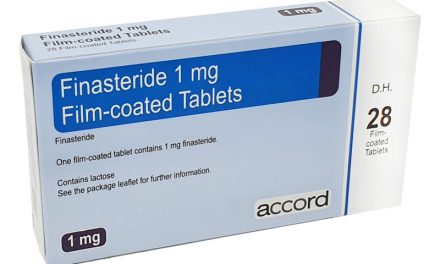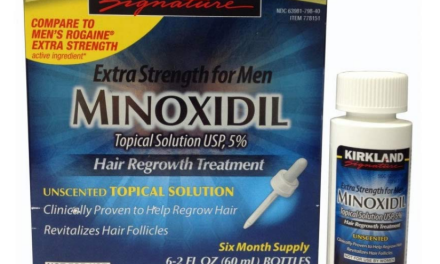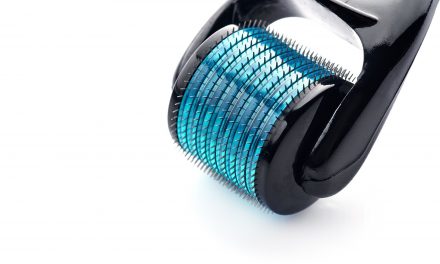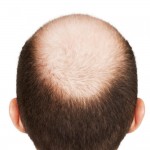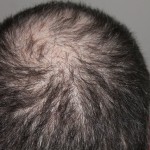Losing hair is an aesthetic issue that most people just deal with. It does not only affect you superficially but the general thought of balding may give you lower self-esteem which could eventually put you in depression. And this will have a significant effect not only on your daily life but also on your overall health and wellness.
With approximately 21 million women and 35 million men suffering from hair loss and pattern baldness worldwide, technological advancement is made almost every day to cater to the problem of this exact population. From drugs such as finasteride and minoxidil to treatments and procedures such as hair transplant and scalp reduction, the science in slowing down hair loss and preventing baldness keeps on innovating to present a more effective way to combat this cosmetic problem experienced by both men and women. Currently, a promising new treatment is creating a buzz in both the surgical and cosmetic world for its excellent results with a more natural-looking end product despite it being minimally invasive unlike other hair loss treatments and procedures, and the added bonus is it has less downtime. This treatment is called exosome hair therapy.
But what is exosome hair therapy? How does exosome hair therapy works? Are you a good candidate for this treatment and what should you expect if you undergo this procedure?
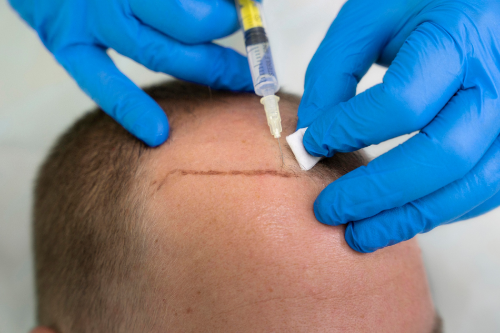
Produced by mesenchymal stem cells, exosomes are extracellular vesicles involved in cell communication. Basically, exosomes will send out messaging signals like “grow” or “divide” to other cells and they will react to the stimuli, thus, changing their behavior consequently. So, rather than having these messaging signals go through stem cells first, scientists can now isolate these signals and deliver them directly to other cells with the help of exosomes. These exosomes are isolated and purified from donated amniotic mesenchymal stem cells through a proprietary process. Exosomes contain a wide array of growth factors and can be used for repair, healing, blood flow improvement, and inflammation of the scalp. Due to their size (not more than 1/1000th of the size of a normal cell), exosomes can carry with them multiple doses of proteins across barriers while remaining undetected in the bloodstream, unlike other cells. Mainly acting as a signaler for cellular growth and a regulator for bodily functions, exosomes cannot replicate themselves. Exosomes are responsible for the transmission of genetic information between cells, and as aforementioned, they contain multiple growth factors which are advantageous when it comes to important processes in the body. Some of these growth factors are:
- Stem Cell Factor – a primary growth factor and responsible for stem cell and melanocyte activation
- Fibroblast Growth Factor (FGF) – another primary growth factor responsible for the regeneration of various cells and tissues in the body as well as encouraging repair
- Transforming Growth Factor Beta-3 (TGFB3) – responsible for the conversion of inflammatory cells into anti-inflammatory regulatory cells
- Macrophage Inflammatory Protein (MIP-1) – responsible for cell recruitment to stimulate scalp healing
- Vascular Endothelial Growth Factor (VEGF) – responsible for controlling new blood vessel formation and angiogenesis regulation
So how does exosome therapy works for hair loss?
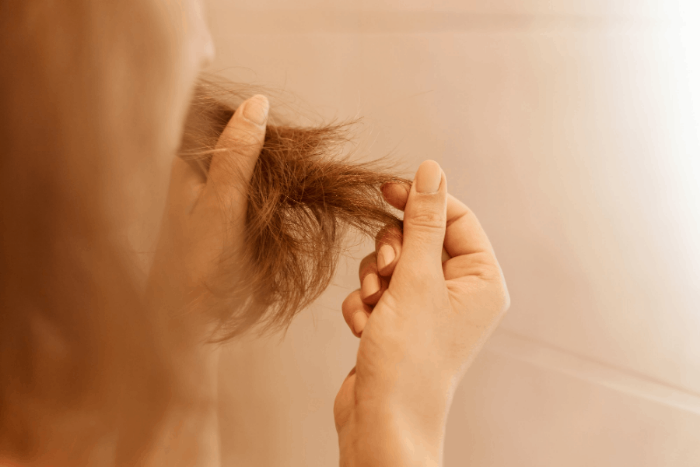
Hair loss or androgenetic alopecia happens when there are changes to the two types of cells found in the hair follicles. These two are the matured stem cells called DPCs (dermal papilla cells) and HFSCs (hair follicle stem cells). And because the surrounding tissue in the hair follicle can influence hair cells, and the fat surrounding hair supports hair growth, injecting exosomes into this fatty layer of the scalp will accelerate hair growth (anagen phase) by signaling hair cells to regenerate and regrow hair. These hair cells were basically “switched on” from the direction that was sent out by exosomes. It has been clinically shown that exosome therapy for hair loss is an effective treatment with excellent results for men and women suffering from the early stages of pattern baldness or hair loss. For hair regeneration, 200 plus billion exosomes per vial is proven to be sufficient.
Exosomes having unique functionality also means it has unique benefits when used as a treatment for hair regeneration. Some of them are the following:
- Activates hair follicle growth
- Promotes natural regeneration
- Revitalizes the scalp and repairs tissues due to its healing properties
- Encourages hair follicles to go into the anagen phase which helps with the production of new hair
- Continuously sending out signals to the hair cells to keep on producing new hair strands
- Delays the catagen phase (the phase where the hair stops growing) thus preventing further hair loss.

Both men and women can be a candidate for exosome hair therapy. And it is highly recommended if you are suffering from the following:
- Experiencing progressive hair loss
- Hair thinning out
- Too young for hair transplant
- Looking for a minimally invasive or non-surgical hair loss solution
To prepare for the treatment, the following should be followed:
- It is important to have breakfast on the day of the procedure
- Take plenty of fluids a day before the procedure
- It is a must that NSAIDs like Aspirin, Naproxen, Ibuprofen, and the like be avoided 3 days before the procedure and 3 weeks after the procedure.
Even though taking nonsteroidal anti-inflammatory drugs (NSAIDs) will not decimate the injected cells, it will however potentially lessen its effectivity.
After undergoing exosome hair therapy, natural hair growth may start as early as three months, with very noticeable results seen six months after the treatment and with new hair growth to continue for a year. Despite exosome hair therapy being deemed safe with almost no downtime, it is not entirely risk-free and you might get minor side effects such as heightened scalp sensitivity for almost a week after you get the treatment or swelling and mild pain on the injection site.
Despite exosome hair therapy being raged upon due to its therapeutic marvel when it comes to hair loss, research studies are still being conducted to fully understand its effectiveness and how it could counteract pattern baldness, potentially establishing it as one of the leading treatments for hair loss.
Sources: https://davishairrestoration.com/4-reasons-why-you-should-avoid-exosomes- for-hair-loss/ https://www.honesthairrestoration.com/blog/all-about-exosomal-hair- restoration https://facemedstore.com/blogs/blog/is-exosome-therapy-effective-for-hair- loss-reviews https://www.bayareaaesthetics.net/exosomes-for-hair- loss#:~:text=What%20is%20exosome%20therapy%20for%20hair%20loss%3 F&text=By%20injecting%20exosomes%20and%20growth,the%20building%2 0blocks%20of%20such.Is Exosome Therapy for Hair Loss Safe?Exosome Hair Loss Therapyhttps://revivifymedicalspa.com/face/factor-x/
© 2016-2022 by BaldTalk.com, an LiVenture. All rights reserved. No part of this document may be reproduced or transmitted in any form or by any means, electronic, mechanical, photocopying, recording, or otherwise, without prior written permission of LiVentures.


